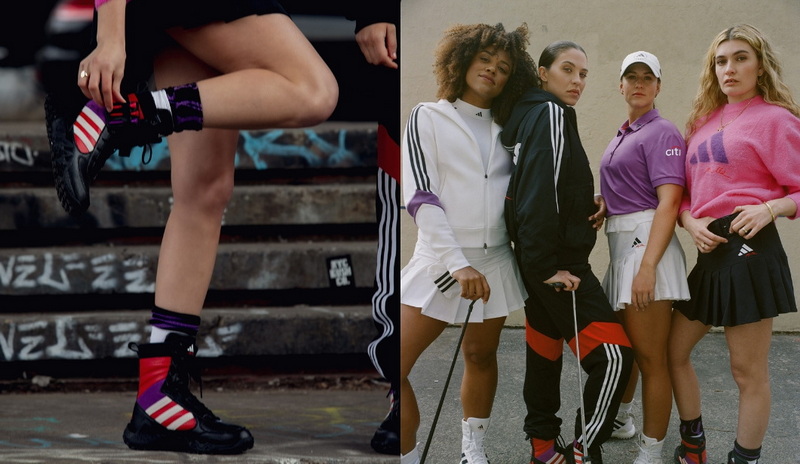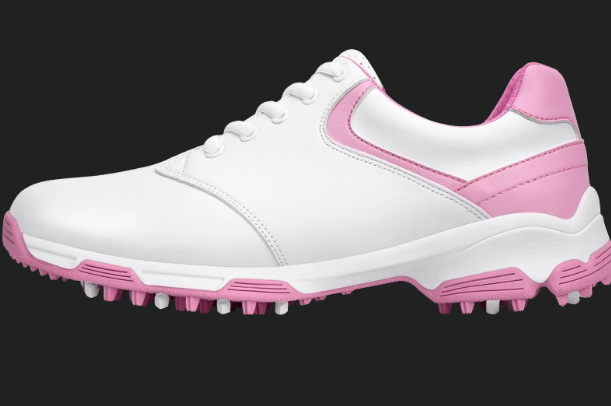Content Menu
● Introduction to Men's and Women's Shoes
>> Men's Shoes vs. Women's Shoes: Key Differences
● Benefits of Wearing Men's Shoes for Women
● Drawbacks of Wearing Men's Shoes for Women
● How to Style Men's Shoes for a Feminine Look
● Gender-Neutral Footwear
>> Benefits of Gender-Neutral Footwear
● The Role of Technology in Footwear
● Styling Tips for Different Occasions
● Conclusion
● FAQs
>> 1. What are the main differences between men's and women's shoes?
>> 2. How do I convert my women's shoe size to men's?
>> 3. What styles of men's shoes work well for women?
>> 4. How can I style men's shoes for a feminine look?
>> 5. What are the benefits of gender-neutral footwear?
● Citations:
The question of whether women can use men's shoes is a topic that has gained significant attention in recent years, especially with the rise of gender-neutral fashion trends. While traditionally, shoes have been categorized as either men's or women's based on design, fit, and style, many women are now exploring the option of wearing men's shoes for both practical and fashion reasons. In this article, we will delve into the world of footwear, exploring the differences between men's and women's shoes, the benefits and drawbacks of wearing men's shoes for women, and how to style them for a feminine look.

Introduction to Men's and Women's Shoes
Men's and women's shoes differ primarily in terms of design, fit, and style. Men's shoes are generally wider and larger to accommodate the average male foot, which tends to be broader and heavier. They often focus on durability and practicality, featuring sturdy materials and a more neutral color palette. Women's shoes, on the other hand, are typically narrower and smaller, emphasizing elegance and versatility. They often include additional features like higher heels and decorative elements.
Men's Shoes vs. Women's Shoes: Key Differences
| Feature | Men's Shoes | Women's Shoes |
| Width and Size | Wider and larger | Narrower and smaller |
| Style | Practical, neutral colors | Elegant, varied colors |
| Heel Height | Generally flat-soled | Often higher heels |
| Design Elements | Simple, sturdy | Decorative, varied |
Benefits of Wearing Men's Shoes for Women
Wearing men's shoes can offer several benefits for women:
1. Comfort and Width: Men's shoes provide a wider fit, which can be beneficial for women with broader feet. This extra width in the toe box and forefoot area can enhance comfort during long walks or runs[1].
2. Durability: Men's shoes are often built with sturdier materials, making them more durable and long-lasting. This can be a significant advantage for women who prioritize practicality[1].
3. Style and Versatility: Men's shoes can add a unique touch to a woman's outfit, offering an androgynous style that complements various fashion choices. From classic loafers to modern sneakers, there's a style for every occasion[1].
4. Size Range: Men's shoes often come in larger sizes, which can be advantageous for women with bigger feet who struggle to find fitting shoes in the women's section.
5. Affordability: Men's shoes tend to be more affordable than women's shoes, making them a great option for those on a budget[1].
Drawbacks of Wearing Men's Shoes for Women
Despite the benefits, there are also some drawbacks to consider:
1. Size Differences: Men's shoes are generally larger, so finding the right size can be challenging. Women may need to go down by about 1.5 sizes to achieve a comfortable fit[3].
2. Narrower Heel: Men's shoes often have a narrower heel, which can cause slipping or discomfort for women with wider heels.
3. Less Cushioning: While men's shoes provide more support, they may not offer as much cushioning as women's shoes, which can be a drawback for those needing extra comfort.
4. Fit Issues: Women may encounter issues with men's shoes being too wide, requiring thick socks to keep them on, which can be uncomfortable and inefficient[7].

How to Style Men's Shoes for a Feminine Look
Styling men's shoes for a feminine look involves balancing masculine elements with feminine touches. Here are some tips:
1. Choose Classic Styles: Opt for timeless designs like oxfords, loafers, or brogues. These styles are versatile and can easily be paired with dresses or skirts for a chic look[3].
2. Add Feminine Accessories: Pair your shoes with lacy socks, a delicate anklet, or a statement belt to add a touch of femininity[3].
3. Mix with Feminine Outfits: Combine men's shoes with feminine clothing like dresses or skirts for a bold, androgynous style[1].
4. Experiment with Colors: Don't be afraid to try bold colors or patterns. Men's shoes come in a variety of styles that can add a pop of color to your outfit[1].
Gender-Neutral Footwear
The rise of gender-neutral footwear has blurred the lines between men's and women's shoes. Brands are now offering shoes that cater to all genders, focusing on comfort, fit, and style rather than traditional gender norms. This trend allows individuals to express themselves freely, choosing shoes based on personal preference rather than societal expectations[2][5].
Benefits of Gender-Neutral Footwear
1. Comfort and Functionality: Gender-neutral shoes prioritize comfort and functionality, making them suitable for a wide range of activities and styles[2].
2. Sustainability: Unisex shoes can be shared with friends and family, reducing shoe purchases and promoting a more sustainable approach to fashion[8].
3. Self-Expression: Gender-neutral footwear allows people to express themselves freely, unrestricted by gender stereotypes[8].
The Role of Technology in Footwear
Technology is revolutionizing the footwear industry by creating innovative, inclusive options that cater to diverse needs. AI technology is being used to design personalized footwear that meets individual preferences and body types. This approach not only enhances fit and comfort but also offers a more tailored and inclusive shopping experience[2].
Styling Tips for Different Occasions
Whether you're heading to work, a casual outing, or a formal event, men's shoes can be styled to fit any occasion:
1. Work Setting: Pair loafers or oxfords with a suit or dress for a professional look.
2. Casual Day: Wear sneakers with jeans and a t-shirt for a relaxed, everyday style.
3. Formal Event: Combine dress shoes with a formal gown for a sophisticated appearance.
Conclusion
In conclusion, women can certainly wear men's shoes, but it's crucial to consider factors like fit, style, and personal comfort. With the increasing popularity of gender-neutral fashion, the distinction between men's and women's shoes is becoming less relevant. Whether you prefer the durability of men's shoes or the elegance of women's shoes, the most important thing is to choose footwear that makes you feel confident and comfortable.

FAQs
1. What are the main differences between men's and women's shoes?
Men's shoes are generally wider and larger, focusing on durability and practicality, while women's shoes are narrower and smaller, emphasizing elegance and style.
2. How do I convert my women's shoe size to men's?
To convert your women's shoe size to men's, subtract about 1.5 sizes. For example, a women's size 8 is roughly equivalent to a men's size 6.5[3].
3. What styles of men's shoes work well for women?
Popular styles include oxfords, loafers, brogues, sneakers, and work boots. These are versatile and can be paired with various outfits[1][3].
4. How can I style men's shoes for a feminine look?
Pair men's shoes with feminine accessories like lacy socks or a delicate anklet. You can also wear them with dresses or skirts for a chic, androgynous style[3].
5. What are the benefits of gender-neutral footwear?
Gender-neutral footwear allows for self-expression, comfort, and sustainability. It blurs traditional gender lines, offering shoes that focus on fit and style rather than gender norms[8].
Citations:
[1] https://coveti.com/the-ultimate-guide-on-how-to-wear-men-shoes-for-women/
[2] https://www.sumissura.com/en/blog/gender-neutral-clothing
[3] https://coveti.com/how-to-wear-mens-shoes-for-women/
[4] https://runrepeat.com/guides/differences-mens-womens-running-shoes
[5] https://www.modernretail.co/marketing/gender-neutral-shoes-continues-to-gain-traction-in-the-footwear-industry/
[6] https://www.pinterest.com/suzannelevinedr/masculine-shoes-for-women/
[7] https://blog.v12footwear.com/do-women-need-different-footwear-to-men
[8] https://alriqasport.com/blogs/news/the-rise-of-gender-neutral-footwear
[9] https://www.reddit.com/r/running/comments/6irc2p/can_women_wear_mens_shoes_or_are_there_anatomical/
[10] https://blacktulipstudio.com/blogs/the-slow-roast/difference-between-mens-and-womens-shoes

















